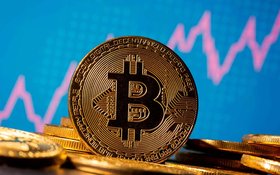Investing In Art Vs Wine: Which Is The Best Asset For You?
In some ways, art and wine are similar in nature as alternative investments.
Both are tangible hard assets that involve a certain emotional element not associated with more traditional investments. As such, it can be challenging to decide between the two.
If you’re considering investing in art vs wine as part of your investment strategy, you’re in the right place.
In this article, we’ll look at whether investing in art or investing in wine is a smart idea, and how the two compare. We’ll also show you how Vinovest makes investing in wine easier than ever.
Further reading
- If you’re wondering what taxes are involved in wine investing, check out this article on Wine Investment Tax.
- Additionally, learn about common Wine Investment Myths.
Is Investing In Art A Good Idea?
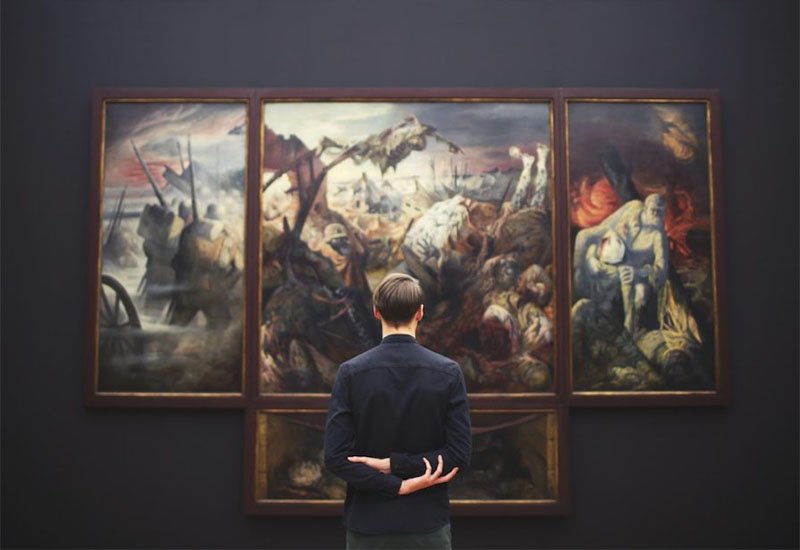
Typically, alternative assets as an asset class offer greater diversification. Although art typically involves higher costs, it can be valuable to your portfolio. The art market shares a low correlation with the stock market, benefiting diversification.
However, that doesn’t mean the art market is immune to fluctuations. In 2020, the global art market faced challenges presented by the Covid-19 pandemic as auction houses canceled in-person auctions. Turnover in contemporary art dropped 34%. Fortunately, the shift online helped dampen the blow.
Turnover and transactions began picking up and eventually reached a new all-time high as more artists were sold than ever before. This suggests the investment will hold up well in the future.
However, it’s important to note that art investing requires you to be selective and hold the pieces for the long term.
Additionally, art is the type of investment you should consider making only if you are passionate about it.
That said, art has the potential for reasonably good returns. Contemporary art has outperformed the S&P 500 over the last 25 years, offering an annual return of 14% in the 25 years between 1995 and 2020, compared to the S&P’s 9.5% yearly return.
A Few Things to be Aware of Before Investing in Art

If you’re in the market to purchase some fine art pieces, there are a few things you should bear in mind before proceeding:
- Choosing art can be tricky: It’s unlikely you’ll find the next Banksy before their art starts commanding high prices. As such, doing plenty of art market research is essential.
- Be prepared to hold your art for a while: The fine art market is relatively illiquid, so even if you manage to find a piece that appreciates, you’ll likely have to wait before a selling opportunity arises. And when selling, expect to pay fees to a broker or auction house.
- Art requires maintenance: Unlike a Roth IRA, art is a tangible asset that takes up physical space. Therefore, it requires maintenance and upkeep to ensure it retains its value. Further, if you’re planning on displaying the piece in your home, you’ll need to factor in things like temperature, humidity, sunlight, and more. Alternatively, you can pay to have it stored professionally.
- It should only be a small part of your portfolio: Art will form a small piece of a well-diversified portfolio for most investors. While you probably won’t receive a large payout, there will likely be some returns from fine art. It’s best to treat an art investment like a real estate investment; nice to have but not essential. Additionally, the IRS considers art a collectible, so be prepared to pay taxes on any gains.
How to Invest in Art
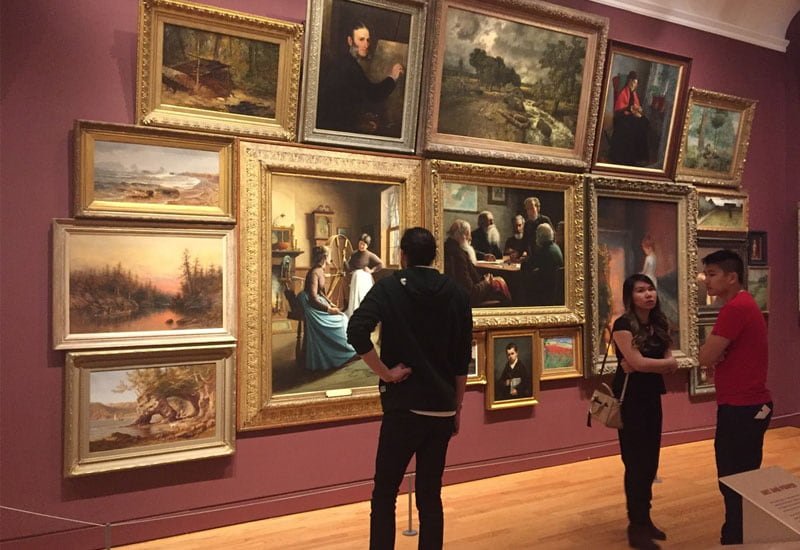
Of course, most people don’t have the kind of money required to begin their investment journey with old masters. Instead, there are more affordable ways of investing in art, such as an investment fund.
An investment fund contains capital pooled from multiple investors used to collectively purchase assets.
Art investment funds are some of the most accessible means of investing in art. While the underlying characteristics of art investment funds will vary, they are generally privately offered and aim to generate a return by buying and selling artworks.
These art funds allow investors to incorporate art into their portfolios without paying top prices for blue-chip pieces. Over the past few years,
Though bear in mind that if deciding to invest in an art fund, it’s still subject to taxation. Capital gains on artwork is 28%. Regardless, if you’re set on art investing, an art fund is one of the best ways to go about it.
Next, let’s take a closer look at investing in wine.
Is Wine A Smart Investment?
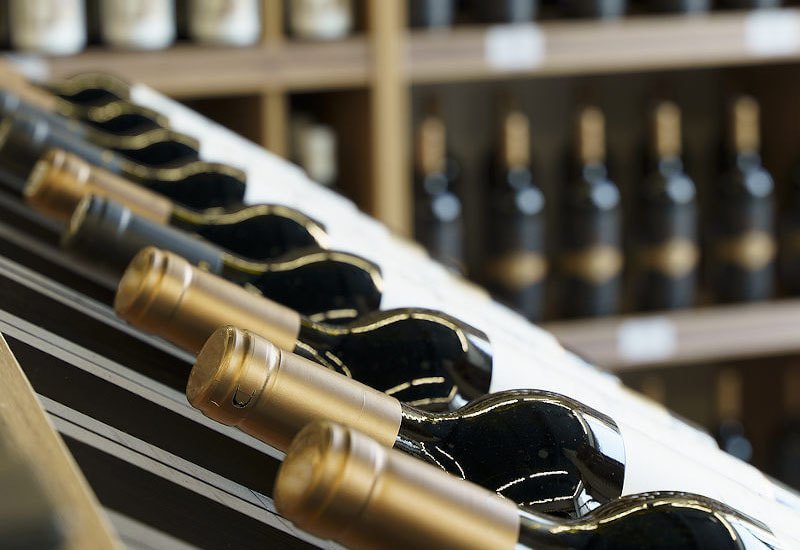
If you’ve ever spoken to a financial advisor, you’ve probably heard them stress the importance of diversification. Rare wine is an excellent alternative asset for diversification because its value is based on factors that are largely unrelated to economic performance or corporate earnings.
Fine wine is also an alternative asset gaining popularity, especially as the wine market experiences strong growth. According to the 2021 Knight Frank Wealth Report, fine wine climbed 13% in 2021 and 127% over the last 10 years.
To be successful in wine investing, you need to find wine bottles that have the potential to appreciate. Needless to say, a $7 bottle of wine will not potentially fetch you millions when you sell it.
There are vintages from specific estates that are considered particularly investment-worthy.
Historically, Bordeaux and Burgundy have offered the most in-demand bottles, though wines from the Rhone Valley as well as those from Italy and Australia are also worthy investments.
Here are a few examples of good wines to invest in:
- First growths from prominent French estates like Lafite-Rothschild, Haut-Brion, and Lafleur are some of the most sought-after, as are top producers in Champagne.
- Cult wines from the US like Screaming Eagle’s Cabernet Sauvignons, Madrona Ranch from Abreu Vineyards, and Old Sparky from Schrader Cellars all age well.
- Italian wines like Brunello and Barolo have also provided good returns.
- Penfolds in Australia has developed a reputation for producing some excellent quality wines.
Like art, there are a few things to factor in before buying an investment wine.
A Few Things to be Aware of Before Investing in Wine
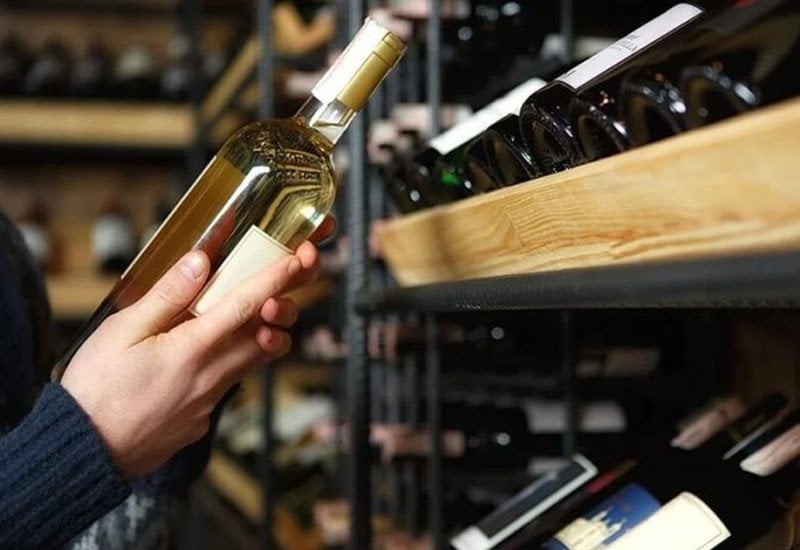
Here are a few things to bear n mind before diving headfirst into wine investing:
- Understand the aging potential: Knowing the aging potential is crucial in determining investment grade wine, as some age better than others. The tannic structure, grape type, and acidity all affect a wine’s ability to age. For those serious about building a wine collection, it’s crucial to understand these factors.
- Pay attention to the vintage:Vintage describes the year in which the grapes were harvested and the wine produced. Quality varies between years based on factors like the weather. As such, wine owners should know which vintages produced the best wines.
- Consider the estate’s reputation: The producer’s reputation plays a significant role in how an investment grade wine will appreciate. Most of the world’s most sought-after investment wine bottles come from estates that have spent generations building their reputation. Domaine de la Romanee-Conti (DRC), Petrus, and Chateau Mouton-Rothschild are a few examples.
- Think about having your wine stored professionally: Like art, wine is a tangible asset requiring proper storage. Storing your own investment wines can be risky. To reach its full potential, fine wine must be stored at the right temperature, away from sunlight, shaking, and excessive humidity. Wine owners can kit out their own cellar, but that’s costly. A professional wine service like Vinovest can make your life much easier.
Next, let’s compare these two assets.
Investing In Art Vs Wine: Why Wine May Be a Better Option
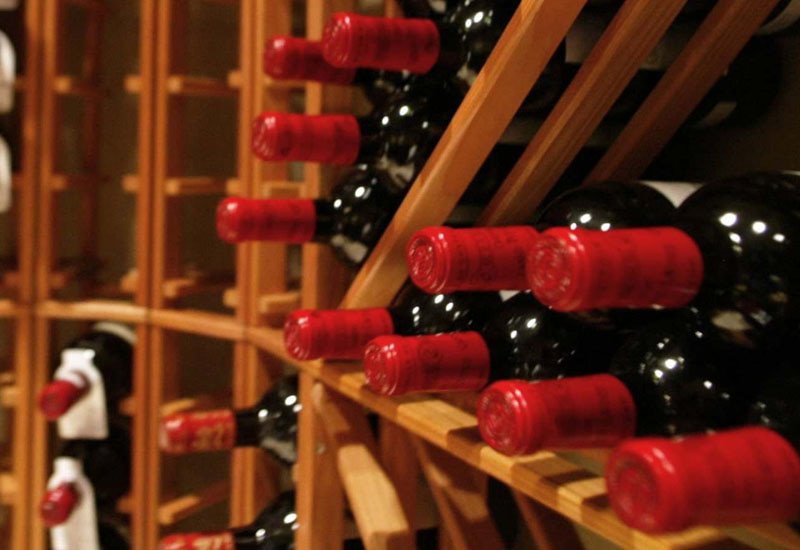
Collectibles like wine and art are good additions to a sound investment strategy. Both are hard assets that appreciate with time, and many art and wine investors first began as aesthetes before investing.
Art and wine belong with other assets like real estate, gold, and commodities in the inflation-resistant category.
But, what are the markets like?
The wine market is valued at around $400 billion worldwide, with the bulk of investments going to French wines from Bordeaux and Burgundy. Further, there’s a massive market for mature wine, from restaurants to drinkers.
Many wine investors aren’t in the market for wine when it is first released. Instead, they buy it back from wine collectors or other investors and resell it to drinking customers.
By comparison, the global art market is smaller, at about $95 billion. Most investments are concentrated on high-end works by old masters, such as Leonardo de Vinci’s Salvator Mundi, which made history after selling for over $450 million in 2017.
The main difference between the art market and the wine market is liquidity. Although not the most liquid asset available, wine tends to be more liquid than art. You’re unlikely to see a return on your art investment if you’re unwilling to wait, and fine art can take years to sell.
How to Invest in Wine
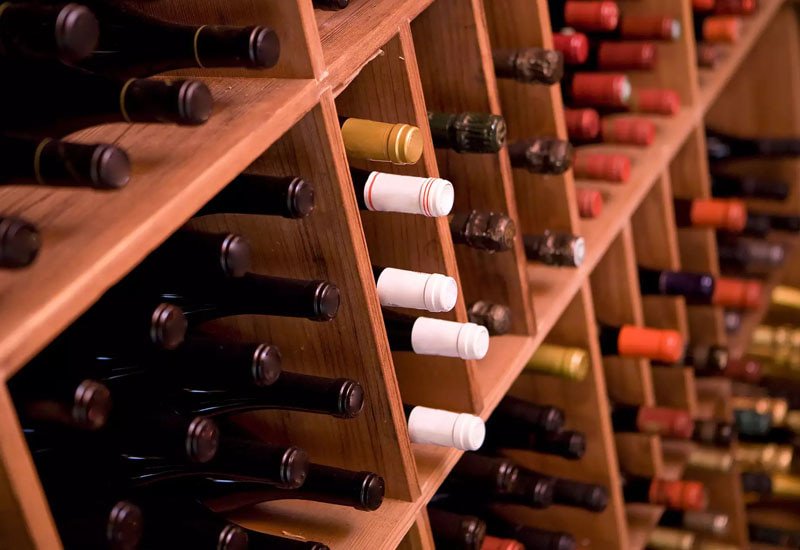
Like art, many wine investors don’t begin with cult wines. There are many ways to go about making a wine investment. Buying a physical bottle from an auction house is the most obvious, but investors can put their money in wine stock, a wine fund, or wine futures.
However, for the investor looking for a more personal and hands-on approach to wine investing, consider Vinovest. Vinovest is a reputable wine investment platform that helps you buy, store, and sell wine from around the world.
With Vinovest, you don't need to worry about the nuances of wine investing, as the platform takes care of authenticating, insuring, storing, and selling your wine.
Here’s how the platform works:
- Step 1: Begin by signing up with your name, email address, and password.
- Step 2: Fill out a short questionnaire. This will help Vinovest’s sommeliers determine your investment style.
- Step 3: Fund your account. You need a minimum of $1,000.
- Step 4: Build your portfolio. Vinovest’s AI will recommend investments based on the answers you provided in the questionnaire.
- Step 5: Sit back while your portfolio grows.
On a similar note, whisky is an equally attractive investment, having appreciated by 564% over the last ten years. Additionally, if left unopen, whisky lasts indefinitely.
Investing in Art Vs Wine: Which Will You Try?
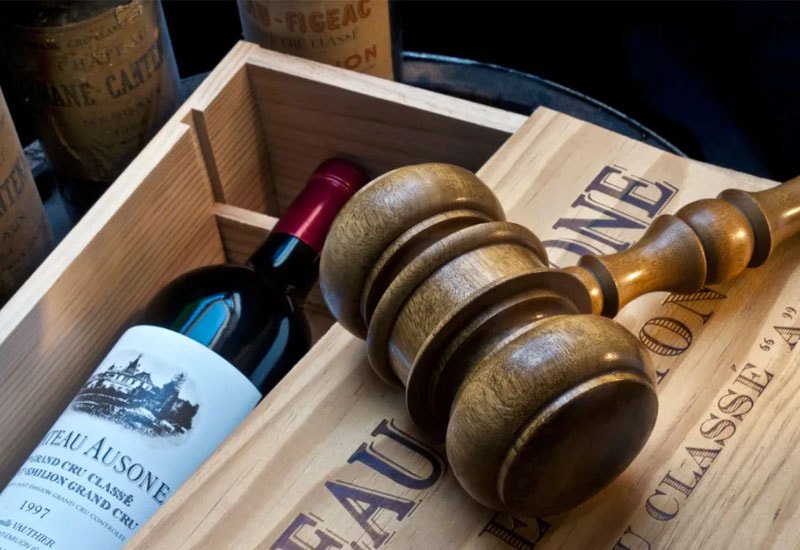
Alternative assets are an excellent asset class to invest in. Alternative investments like art and wine share some similarities. Both are hard assets requiring proper storage and strike an emotional chord with the investor.
However, wine has a bigger market, and there are many ways to go about making a wine investment, from wine futures to auction houses. However, for serious wine collectors, Vinovest is the best way of investing in wine.
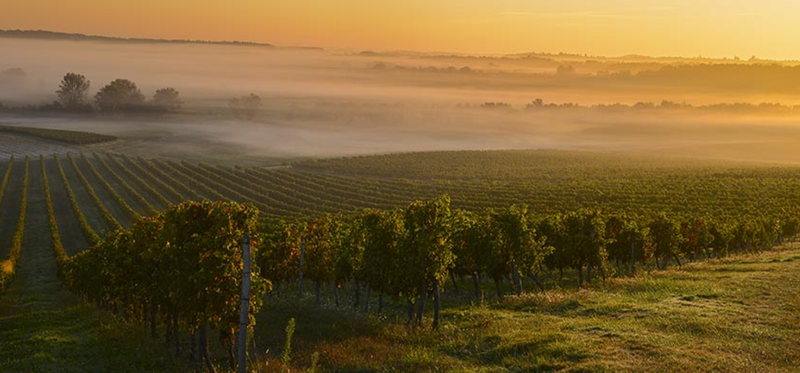
Sign up with Vinovest and start building your wine collection today!

